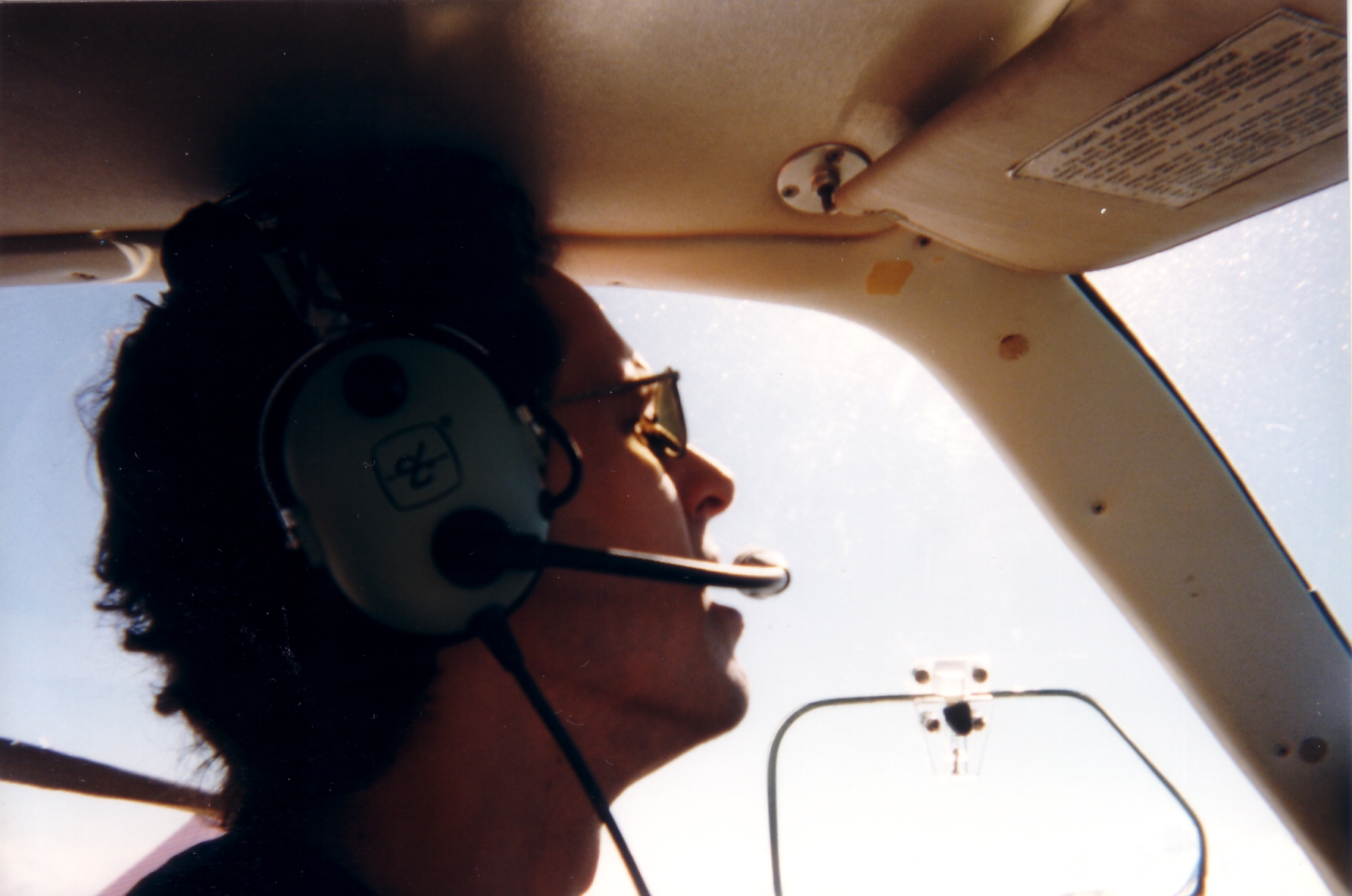 As part of a continuing series of developer interviews focused on Kickstarter, I spoke with Damon Slye, CEO and Creative Director of Mad Otter Games, but best known for his work with Dynamix on such classic games as Red Baron, A-10 Tank Killer, and Aces of the Pacific.
As part of a continuing series of developer interviews focused on Kickstarter, I spoke with Damon Slye, CEO and Creative Director of Mad Otter Games, but best known for his work with Dynamix on such classic games as Red Baron, A-10 Tank Killer, and Aces of the Pacific.
AJM: Can you tell me more about the project you’re currently working on?
DS: We are working on Villagers and Heroes, a live game with thousands of wonderful players and the most welcoming community on the internet. The world is open and players can do, create, and grow in whatever ways they choose. We don’t slot the players into set tracks. Building this game and working closely with the community is really rewarding. We engage our players to find out what works, what doesn’t, and in which direction to take the game. Some of the features that we considered fairly minor turned out to form the core of the gameplay for the players. When we see these features, we reinforce them, and do more things in that direction. We are currently running a Greenlight Campaign on Steam to get it greenlit.
We are also preparing a Kickstarter for another game that we will announce in a couple of weeks. It’s very exciting!
AJM: Your earlier games were released at a time when publishers shared box covers with developer’s names (or names of their studios). How do you think this impacted developers, customers and publishers?
DS: Some of the publishers in the mid 80s had the marketing strategy to promote their developers as artists in the same way as the music industry. One consequence was that a talented new game developer would be more excited to sign with a publisher who promoted their developers as celebrities, so I think it was a good recruitment tool for these publishers. As consideration for this promotion, the publishers would in return require the developer to sign a contract that made it very difficult for the developer to work with another publisher.
All of this was not healthy for the industry as a whole. What happens when a developer has a cool idea for game, but the publisher doesn’t like the idea? It was possible, but very impractical, for the developer to find a different publisher to do the game. I am not a fan of stabilizing forces that create rigid structures. They protect the status quo and stifle innovation. I prefer a more fluid eco-system so that things are freely and rapidly destroyed and created as necessary. People should be able to freely associate and quickly move around between different studios and publishers. Hollywood went through a similar transformation when the studio system was replaced with the open system they have now. By the way, I strongly recommend the book “The Genius of the System: Hollywood Filmmaking in the Studio Eraâ€.
AJM: Any thoughts on why this changed and how that change has affected our industry?
DS: I’m glad the exclusives are gone. A game developer who is really talented will become a fan favorite with or without the promotional support of publishers. A person’s reputation and public goodwill should not be an asset that is owned by a company. So, I neither think that a publisher should be required to spend money to build up the reputation of an individual, nor should they view it as one of their assets. Let the publishers invest into their brand lines, and let the game developers earn their public reputation on the quality of their work. Less coupling means a more creative, fluid, healthy industry.
AJM: As physics in games became more advanced we saw the emergence of details that could lead to emergent game play (think wings shearing off planes in Red Baron or rocket jumping in Quake) – any favorite unexpected behavior or result to emerge from your games?
A few days after we shipped Red Baron at the end of 1989, we read about a rare tactic that some pilots used at the end of World War I, called a slashing attack. Instead of getting into a turning contest, which was the norm in WWI, a pilot with a faster plane could attack from above, then zoom away, essentially getting a free attack with no risk. Then they could turn around, and do it again. So, we booted up the game and tried it out against the Red Baron, the best A.I. we had in the game. He was nearly impossible to defeat in a turning contest. Despite the fact that we had never tried out this tactic during playtest, and we had never explicitly coded it into the game, the slashing attack worked perfectly. We could defeat the Red Baron repeatedly. It was exciting to us to see that the modeling of the physics created a virtual world that had the same behavior as the real world, and that the exact same tactics emerged as the best. This was the most satisfying moment for me on the project. We had built interactive history, a time-machine that allowed people to experience WWI air combat in a way that a history book or video could not.
AJM: The majority of your games have been simulations of combat – players controlling avatars who are operating war machines. With the advent of remotely piloted drones we’re seeing a new generation of warfare emerge. Any thoughts on the implications of the virtualization of warfare – either on the real-world battlefield or in the virtual world?
DS: Yeah, this brings to mind the episode of Star Trek, A Taste of Armageddon, where two “warring” planets use computers to simulate war without actually firing the weapons. The computers spit out the casualty reports, and citizens marked as casualties are required to step into a disintegration booth where they die bloodlessly and cleanly. The people on the planets prefer this because no one is wounded or maimed, and there is no destruction of property nor disruption of the economy. James Kirk, in his typical cut-the-gordian-knot-fashion, destroys the computers running the simulation, gambling on the fact that if war is no longer clean and sterile, the two planets will most likely choose peace instead of face the actual horrors of war. A brilliant exploration of this topic is Orson Scott Card’s sci-fi couplet “Ender’s Game†and “Speaker for the Deadâ€.
I don’t see a lot of connection between games and virtualized warfare other than in form. In virtualized warfare, the operator’s actions are tied directly to real world machines and weapons and the purpose is to alter the real world in real ways: to kill real people and destroy real property. In a game, the player is affecting a virtual world, but even that is not the actual purpose of the game. The game really exists in the mind of the player, and a game designer should be focused on providing the best experience inside the mind of the player more than the best experience on the video screen. Great screenplay writers understand this, too. They have a precise understanding of what the viewer is thinking about in each moment of their film. It’s always about the people, never about the technology.
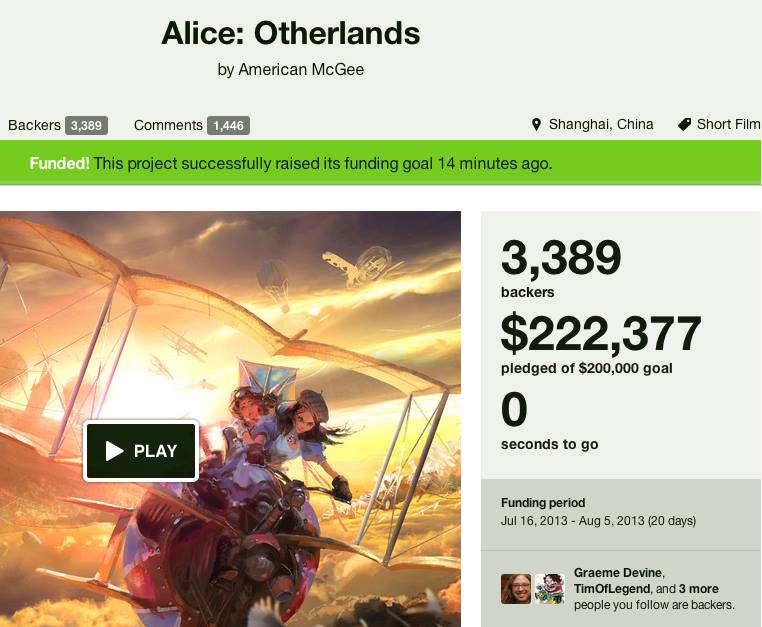
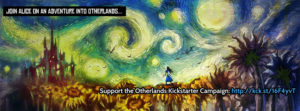

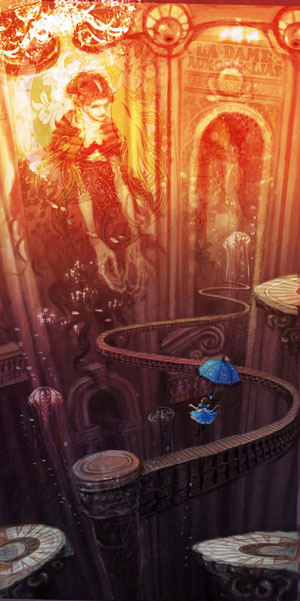
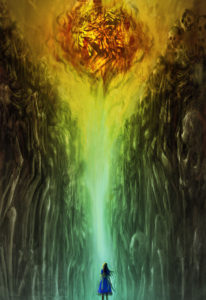
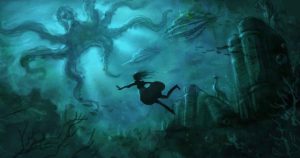
 As part of a continuing series of developer interviews focused on
As part of a continuing series of developer interviews focused on